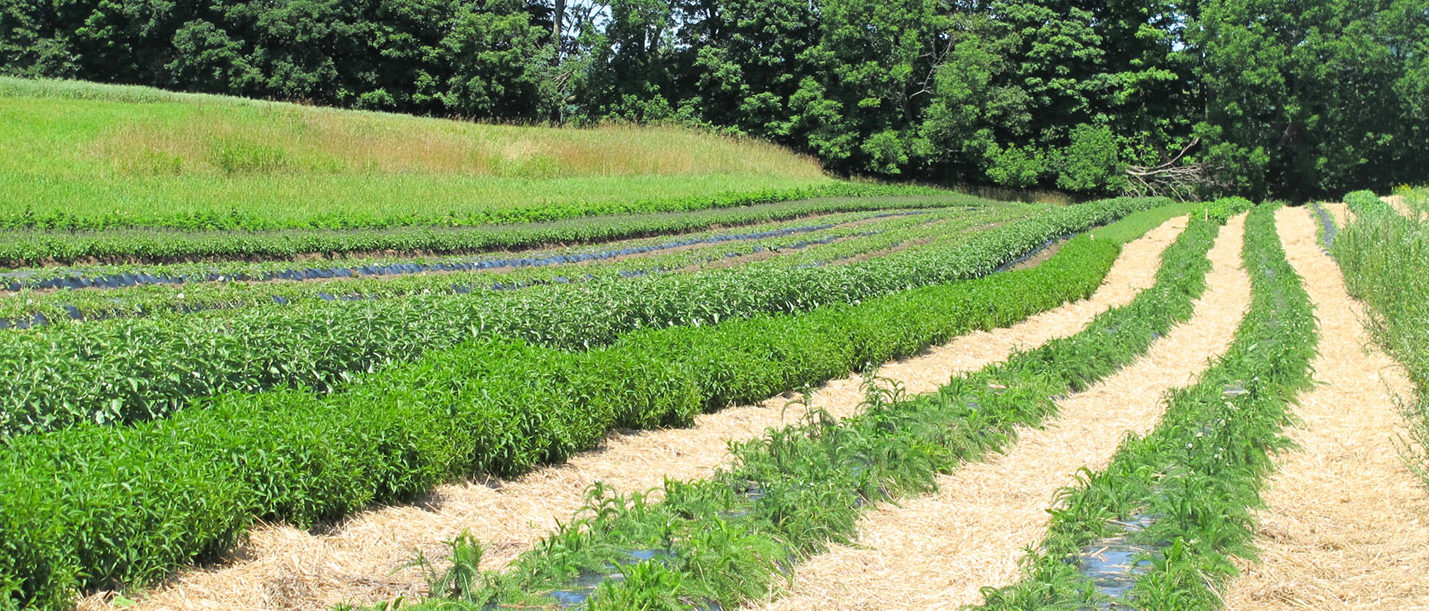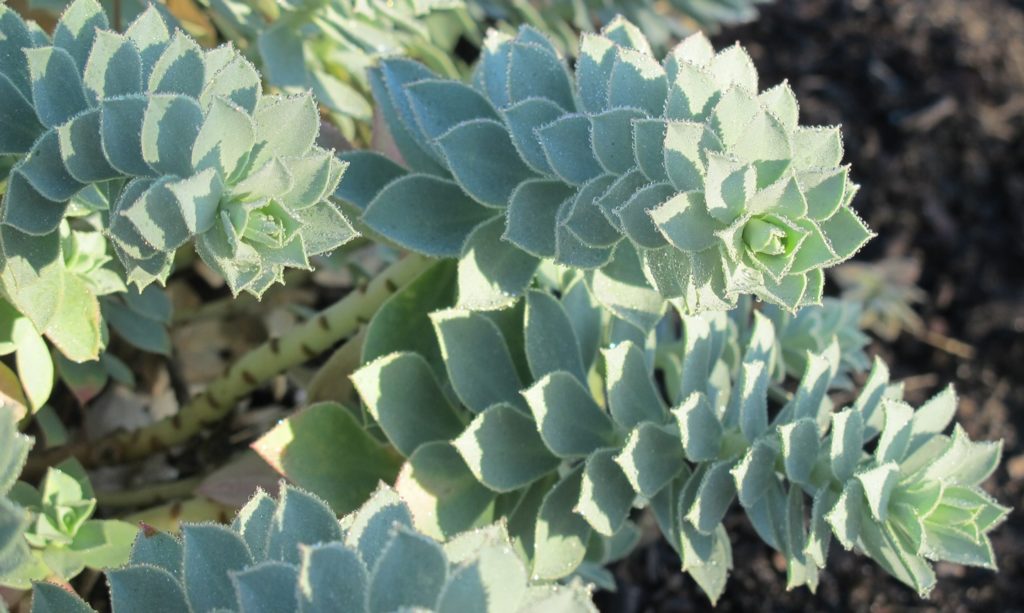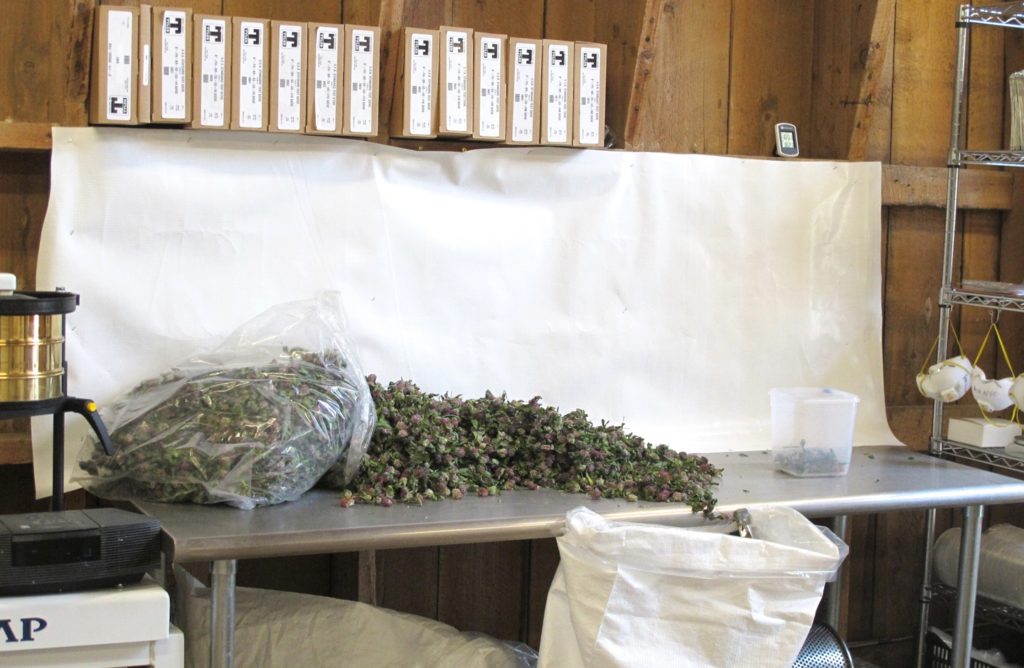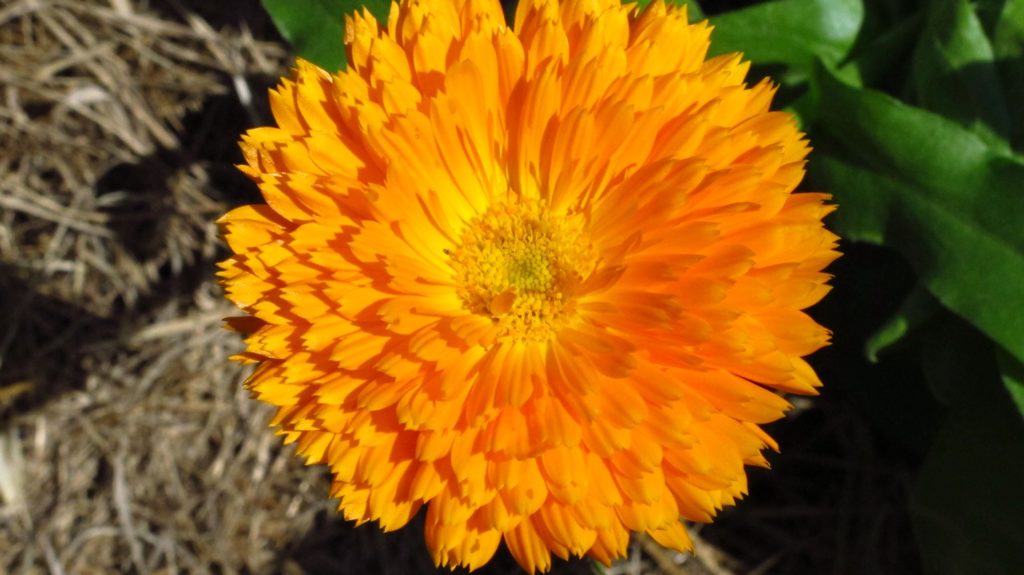Bio-regional Herbalism

Are domestically grown herbs better?
“We’re talking about democratizing herbal medicine. We need to take it back into our own hands so the village herbalist is really a village herbalist. Sourcing from people growing in their community, sourcing themselves: they’re growing the medicine needed to heal themselves. That is different from being a commodity.” – Jeff Bodney
We produced Numen: the Nature of Plants to celebrate the healing power of traditional western medicine. This film and our outreach for the film was guided by a vision of a local/bioregional medicine movement that is as widespread and powerful as the local food movement. This vision of bioregional herbalism underlies the Sustainable Herbs Project.
Having spent the past two years following herbs through the supply chain, I believe even more strongly that the most potent and powerful herbal medicine you can take is medicine you prepare with plants you have grown or collected yourself. And the most inspiring projects we visited were companies that were not only producing products but were also farms and botanical gardens and educational centers. To me that is the most sustainable vision there is.

And yet, at some point almost of us buy products produced by companies that source herbs from somewhere else. And in these cases, I no longer believe it is simply that domestically grown herbs are better than imported herbs.
More than where herbs are grown, what matters is how they are grown, and how the plants and people are cared for each step of the way. If the plant/people connection is maintained all the way through the supply chain, then other issues arise in decisions about where to source. The decision about where to source impacts economies, ecosystems, and cultures in very specific ways. Before jumping to conclusions about which is better, it is important to understand those impacts.

Bagging dried organic red clover from an organic farm in Vermont.
Issues:
The list below is just a beginning. But if you explore any of these threads, you will begin to get clear about the issues that matter most to you. That will help you decide which companies you want to support.
This question is at the heart of the Sustainable Herbs Program.
- Quality: It is often the case that domestically grown herbs are better, because more attention is paid to quality and safe handling. This isn’t inevitable though. Often the highest quality herbs from China or India stay in the country of origin for their own medicine. The lowest quality gets shipped to the US because customers (companies and consumers) demand lower prices. As Josef Brinckmann of Traditional Medicinals told me, you can find the highest quality herbs and the lowest quality herbs in China. You just have to know where to look.
- Phytochemical Profile: The phytochemical profile of herbs grown in their ‘natural’ environments can vary hugely depending on the ecosystem they require to flourish. If the raw material is cultivated in a different continent, different soil, different altitude, different weather, different ecosystem, a company must test the chemical composition to ensure that plant is comparable to what has been shown to be effective in the traditional literature of the plant’s use.
- Cultural Appropriation/Intellectual Property Rights: The knowledge to use particular herbs for particular remedies often comes from the countries where they are now collected or cultivated and sold for the export. If US farmers begin growing these plants, what are the impacts of the loss of livelihood for those living in the traditional areas that depend on that income? What is the culturally appropriate choice?
- Economic Impact: If a company is sourcing from a Fair for Life project – or from small-land owners — in a developing country, buying from that company is a way of supporting those communities. Much of the supply of domestically grown herbs comes from large farmers, who, because of economies of scale, are more likely to be able to meet the price point required by companies dealing with large amounts of raw material. Which is the culturally and economically appropriate group to support?
- Ecological Impact: What is the ecological footprint of importing herbs from around the world? How much can that footprint be reduced by developing bioregional and domestic sources for those herbs? On the other hand, what are the ecological impacts of cultivating medicinal plants on a large scale, where the plants tend to be grown as mono-crops? What is the impact of small, medium and large farms on the soil, on the quality of plants, on the insects, on the diversity of the overall ecosystem?
- Cost: The cost of herbs is set by a global economy. These prices are typically much lower than they should be, yet these prices set the context within which companies need to operate if they want to stay in business. Companies trying to source more responsibly, especially those trying to buy domestically grown herbs, must compete with conventionally grown herbs from Bulgaria, from India, and Egypt. The cost of living in western Europe and the US are much higher than many countries where herbs are traditionally sourced and so labor costs are much higher for domestically grown plants. These costs are translated into the cost of the finished product and companies deciding where to source material must constantly weigh the additional costs of purchasing domestically grown herbs with how much consumers are willing to pay.
What Can I Do?
- Take a look at our curriculum guide for suggestions about how to find out where plants in commerce come from and the various issues involved. We also outline steps for researching and building bioregional sources of medicinal plants, which are direct ways of supporting the economic, cultural and ecological health of your community, all of which directly impacts our own health.
- This blog post outlines five steps herbalists can take to support sustainable and ethical practices.
- Read this interview with Australian herbalist, Sue Evans, about teaching, bioregional herbalism and sustainability.
- In addition, SHP Intern Anita Burke has been writing a series of posts on issues organic herb growing on the Numen blog.
- Herb Farms and Ethical Wildcrafters in the USA Herbalist Rosalee de la Forȇt has compiled the first in-depth list of herb farms and wild crafters in the US and Canada. This is a great place to find sources of locally sourced herbs in your region.


Comments